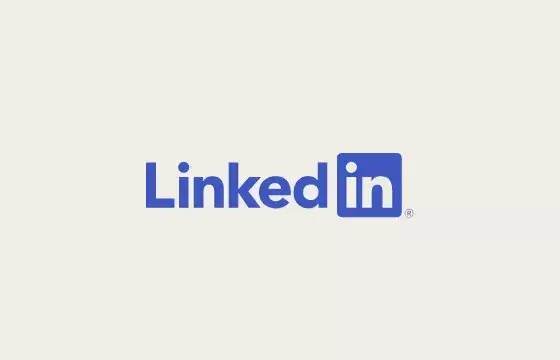In an increasingly interconnected digital landscape, the boundaries of personal privacy are being reshaped, often without explicit user awareness or consent. LinkedIn’s latest move to update its terms of service exemplifies this trend, signaling a deeper integration of user data into broader corporate strategies. By sharing more nuanced data with Microsoft and employing artificial intelligence (AI) to refine content and advertising, LinkedIn is consciously transforming user activity into a valuable asset for targeted marketing and AI development. While these practices are presented as standard industry procedures, they fundamentally challenge traditional notions of individual privacy and control over personal information.
This shift reflects a broader corporate strategy: leveraging the vast repository of professional and behavioral data not just to personalize experiences, but to generate commercial value. The explicit sharing of profile details, engagement metrics, and activity patterns with Microsoft’s ecosystem signifies a move towards creating a seamless, data-driven platform that benefits advertisers and AI developers alike. Yet underneath this ostensibly neutral or beneficial facade lies a crucial question—how much control do users truly have over their digital footprints? The assumption that these data flows are benign dismisses the potential for misuse, exploitation, or unintended consequences stemming from such extensive sharing.
The Narrow Scope of User Choice and the Illusion of Opt-Outs
Although the terms suggest users retain some agency through opt-out options, the reality is often less clear-cut. For example, the process of opting out of data sharing or AI training involves navigating complex privacy settings that may not be intuitively accessible or transparent. Furthermore, the default settings—such as the pre-activation of AI data usage—force users to proactively search for ways to reclaim control. This default-on approach subtly coerces users into accepting data sharing practices they might otherwise oppose if fully informed.
This dynamic exposes a fundamental truth about digital privacy: consent is frequently framed as a binary choice that favors corporate interests over genuine user agency. The illusion that users can simply “opt out” of data sharing neglects the reality that opting out often diminishes the quality of their experience—fewer tailored ads, less AI-assisted content creation, and a more generic platform interaction. This design subtly nudges users toward acquiescence, effectively normalizing a landscape where personal data is systematically commodified and strategically harvested.
AI and Data: Enhancing User Experience or Entrenching Surveillance?
The integration of AI into LinkedIn’s ecosystem raises profound questions about the future of digital interaction. While AI-driven features such as profile optimization, automated messaging, and content curation can indeed enhance user experience, they also deepen the surveillance hegemony that underpins modern digital platforms. The use of member data—especially data that is publicly accessible or voluntarily shared—serves as fertile ground for training sophisticated AI models capable of predictive analysis and behavioral profiling.
Is this technological advancement inherently negative? Not necessarily. AI can facilitate more efficient job searches, better targeted opportunities, and more engaging content creation. However, this comes at the cost of increased transparency and accountability. Users often remain in the dark about how their data is being manipulated to feeding these AI models, which are, by design, opaque black boxes. Moreover, the reliance on such models risks reinforcing biases, manipulating perceptions, and disconnecting individuals from meaningful control over their digital personas. The question then becomes: are users truly benefitting from AI, or are they unwittingly becoming the raw material fueling an industrial complex of data-driven automation?
Power Dynamics and the Erosion of Privacy Norms
The broader implications of these policy shifts extend beyond individual preferences, touching upon the fundamental balance of power in digital ecosystems. Large corporations like LinkedIn and Microsoft dominate the flow of personal data, stretching the boundaries of what was traditionally considered private or protected. The commodification of professional profiles and activity data signifies a shift towards a surveillance economy that benefits the few at the expense of individual autonomy.
This is not merely a matter of personal inconvenience; it is an erosion of the societal norms that have historically protected privacy rights. As data sharing becomes an embedded feature of professional social networks, the line between public and private—between personal autonomy and corporate profit—becomes increasingly blurred. Users, often unaware, become pawns in a game where their data is mined, refined, and reprocessed to serve commercial interests, AI development, and targeted advertising.
Ultimately, this evolving landscape demands a critical reassessment of our expectations around privacy, consent, and the ethical use of technology. While innovation and personalization are desirable, they must not come at the expense of fundamental rights or create a new normal where individuals are perpetual data sources—often without understanding the full scope of engagements they enter into. It is high time we question whether the current trajectory respects the dignity and agency of digital citizens or if it perpetuates a dehumanized economy driven by profit and technological opacity.

